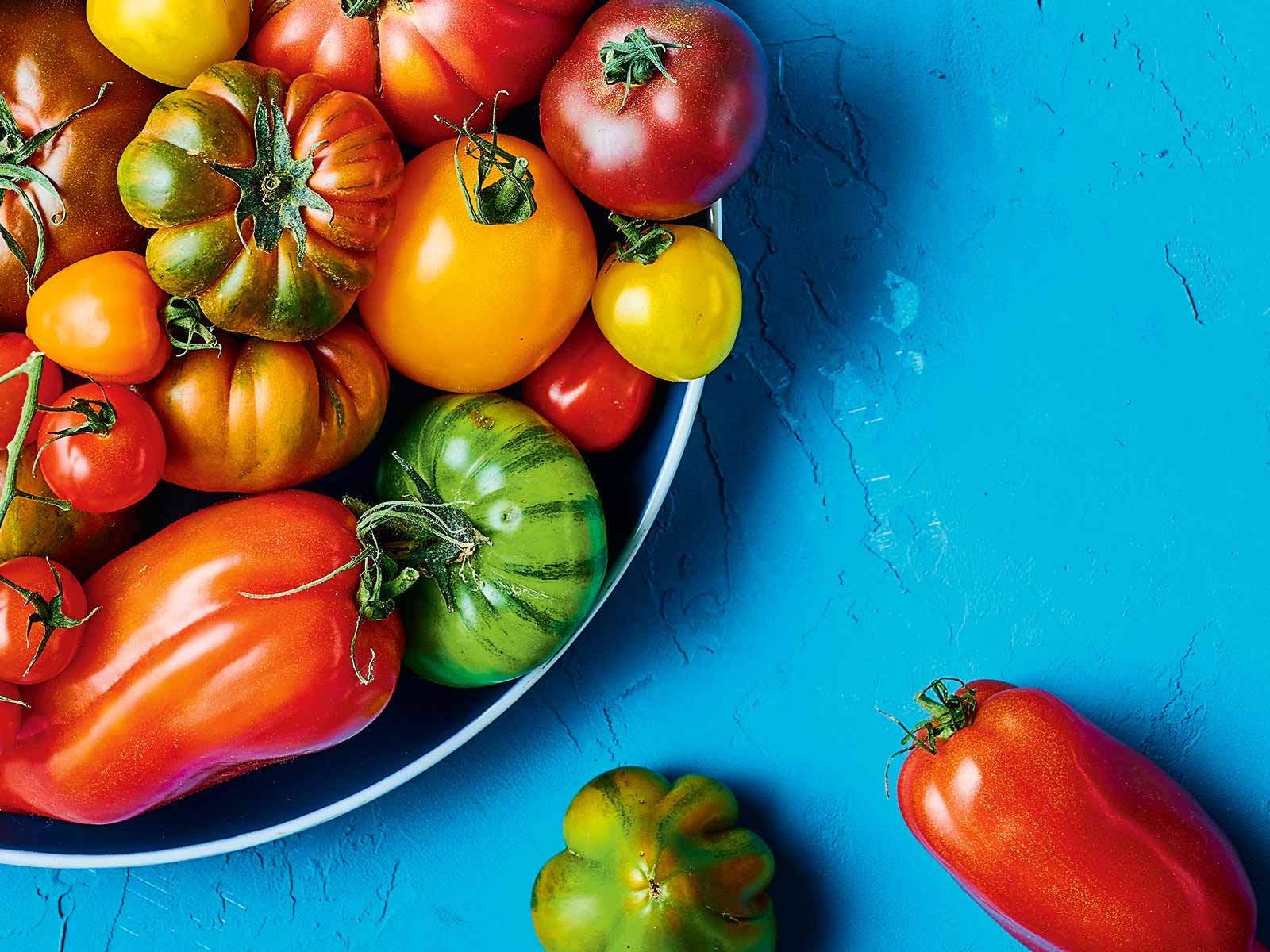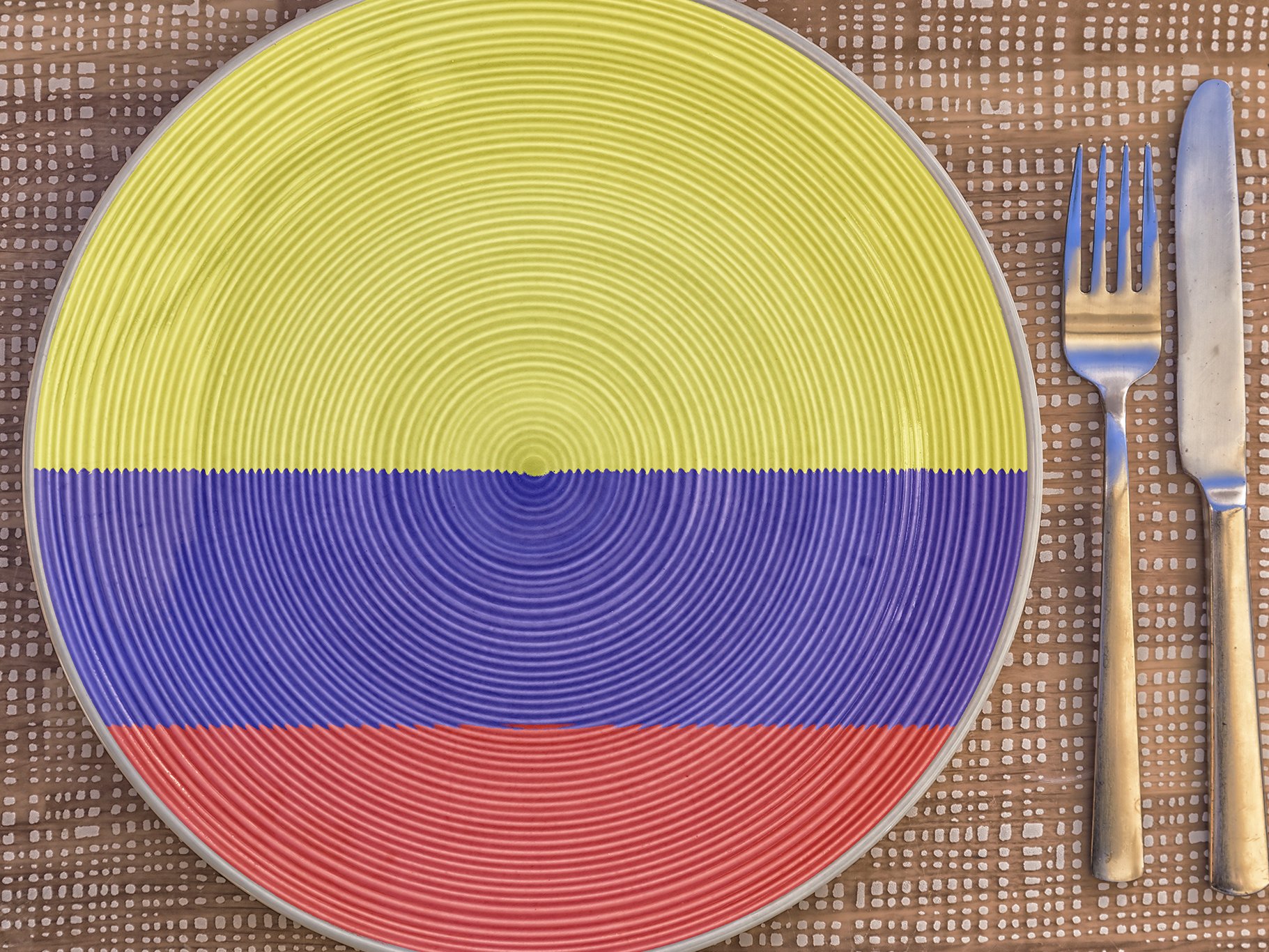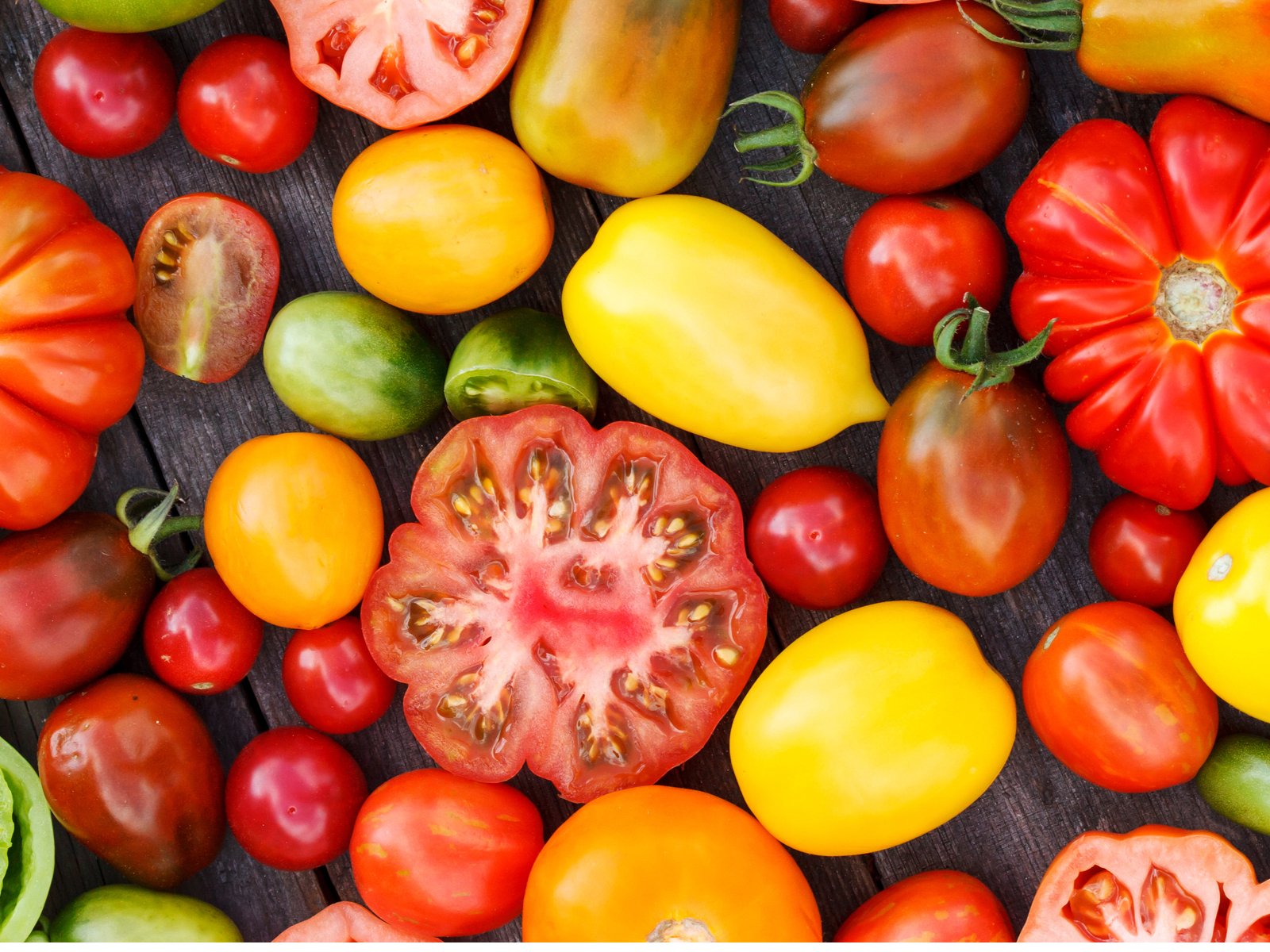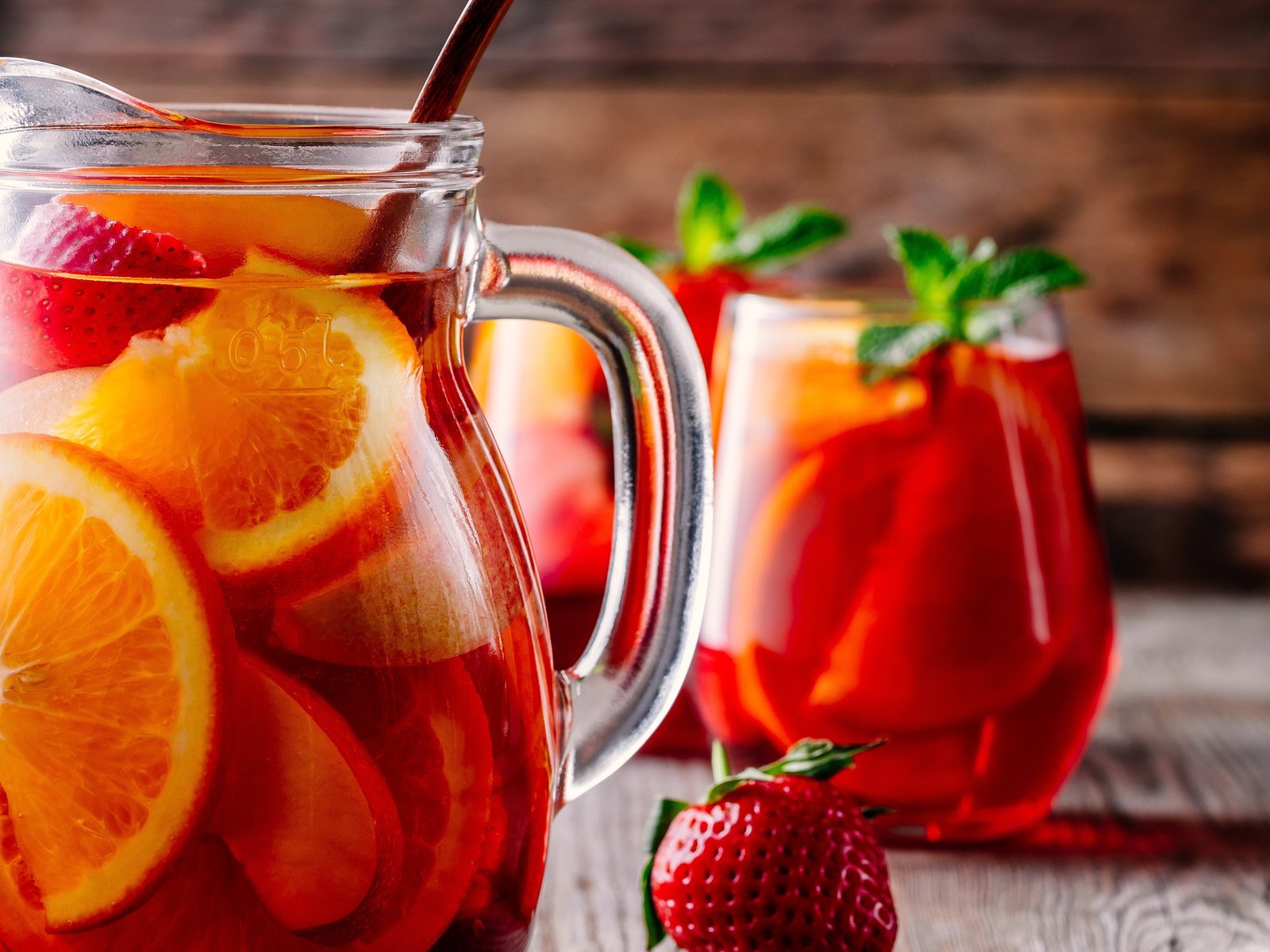Hot and Spicy Foods: The Pleasure and the Pain
Sweat beads forming on the forehead, tears swelling in the eyes – these are the physical manifestations of eating hot and spicy foods. Is this pleasure or pain, or both?
Whether we prefer our food spicy and how often we consume spicy foods depends on our genes, cultural background and, of course, on our personal taste. Traditionally, spicy food is consumed more frequently in South America, Asia and Africa than in Europe. Cultural conditioning thus helps to shape personal preference and habituation. In warm countries, hot and spicy foods also help to lower the body's skin temperature by increasing sweat production.
There is one hypothesis, however, which holds that personality plays a greater role in shaping our preferences than cultural background. For example, people who are willing to take risks are more inclined to eat spicy food. In Mexico, the eating of hot chillies is associated with masculinity, strength and courage – and there are national chili eating competitions.
Side effects
The effects of consuming extremely hot chilli dishes (with more than 100 g of chilli powder) can be considerable and range from mucous membrane irritation, nausea and vomiting to life-threatening drops in blood pressure. More moderate consumption, however, can be beneficial. Metabolism-boosting effects of spicy foods like increased energy consumption and fat-burning have been observed in several studies.
What makes food hot?
Various foods can trigger the perception of hotness. The best known are peppers and chillies, both contain capsaicinoids. Besides chillies, there are other hot varieties of the chili family – such as jalapeños or chilli peppers.
However, the oldest and most important hot spice is a pepper containing the pungent substance piperine which causes far fewer beads of sweat to form on the forehead than capsaicin (see the Scoville heat scale below).
Foods like mustard, horseradish, wasabi, onion, garlic and ginger, sometimes even olive oil, can also taste hot due to various other pungent substances.
Hot is not a taste
Strictly speaking, hot is not a taste. While the five taste sensations – sweet, sour, bitter, salty and umami – are perceived by the taste buds on our tongue, the sensation of hotness works differently.
Physiologically, hotness is a sensation of pain. High temperatures and pungent substances stimulate the same pain receptors – they are free nerve endings in the oral mucosa. When stimulated, they send electrical signals via the trigeminal nerve to the brain – not via the cranial nerves that are responsible for taste.
The trigeminal nerve transmits all somatosensory signals: mechano-, thermo- and pain reception. This also releases inflammatory messenger substances which cause the skin to turn red. If spicy foods are consumed frequently, the pain receptors regress, habituation occurs and we perceive hotness less intensely.
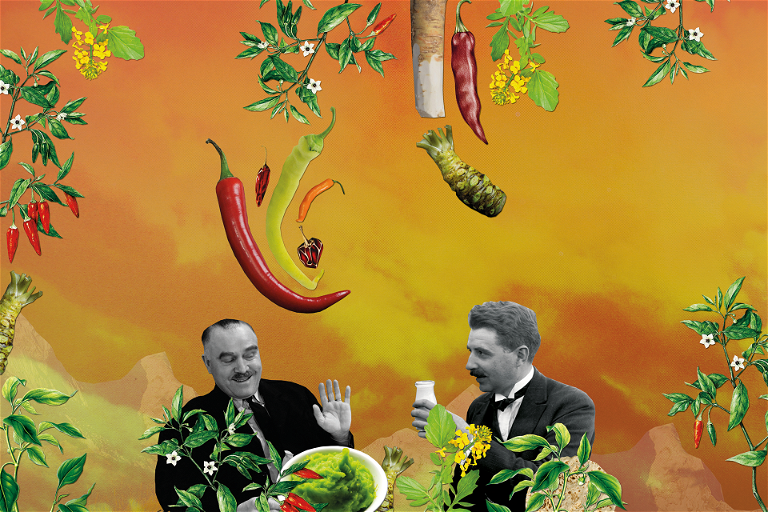
Gauging Hotness
There are various scales for measuring hotness but the most famous of them is the Scoville Scale. It measures degrees of pungency in aptly named Scoville Heat Units (SHU). The method was developed in 1912 by the chemist Wilbur Lincoln Scoville.
It is based on dilution of the substance to the point where it is no longer detectable by test subjects. The dilution factor for pure capsaicin, the substance in peppers and chillies, is 16 million. This means that it takes 16,000 litres of water to dilute 1 millilitre of pure capsaicin to tastelessness.
However, because working with test subjects is both time-consuming and variable due to subjective perception, standardised chemical analysis is now used and its results are expressed in SHUs.
Taming the heat
But one question remains. Conclusively, the burning question? How to get rid of that burning sensation after that devastating bite of a luscious red chili? Many people turn to water which is useless when it comes to neutralising hotness. However, chewing some bread will help, as will the soothing effects of sugar, honey, milk and yoghurt.
The Scoville Scale
- Substance: pure capsaicin | Scoville Unit: 16.000.000
- Substance: Mad Dog 357 No. 9 Plutonium-Sauce | Scoville Unit: 9.000.000
- Substance: pepper spray (self-defence or police use) | Scoville Unit: 5.300.000
- Substance: pure piperine | Scoville Unit: 100.000
- Substance: pure Cayenne pepper | Scoville Unit: 30.000–50.000
- Substance: sambal | Scoville Unit: 1000–10.000
- Substance: jalapeño | Scoville Unit: 2500–8000
- Substance: Tabasco Original Red Pepper Sauce | Scoville Unit: 2500–5000
- Substance: red bell pepper | Scoville Unit: 100–500

